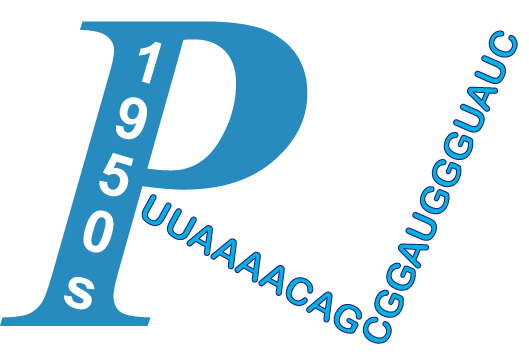| Title | Evaluation of stability over time for measures of heart-rate variability in overtly healthy Doberman Pinschers. | ||
| Author | Calvert, Clay A; Wall, Michelle | ||
| Journal | Am J Vet Res | Publication Year/Month | 2002-Jan |
| PMID | 16206780 | PMCID | -N/A- |
| Affiliation | 1.Department of Small Animal Medicine, College of Veterinary Medicine, University of Georgia, Athens, GA 30602, USA. | ||
OBJECTIVE: To determine whether results of analysis of heart-rate variability (HRV) in overtly healthy Doberman Pinschers remain stable over time. ANIMALS: 24 overtly healthy client-owned Doberman Pinschers. PROCEDURE: The HRV was analyzed in time- and frequency-domains from 24-hour ambulatory electrocardiographic (Holter) monitor recordings. Activity during paired tests (tests 1 and 2) was similar (17 dogs) or nearly identical (7). Holter recordings and HRV analyses of those 17 dogs were repeated at a mean +/- SD of 65 +/- 50 weeks (median, 51 weeks; range, 10 to 177 weeks), whereas it was repeated for the other 7 dogs at 3 to 9 weeks (mean, 73 +/- 2.1 weeks). RESULTS: Differences between test 1 and test 2 were not significantly different, except for 24-hour means of the normal beat-to-normal beat (NN) intervals in all 5-minute segments. Strongest correlations were for SD of all NN intervals and root mean square successive difference between adjacent NN intervals of the time-domain analyses and total power, very-low frequency power, and high-frequency power of the frequency-domain analyses. When activity during tests 1 and 2 in 7 dogs was stringently controlled, the differences were not significantly different, and correlation factors for the 24-hour HRV analyses exceeded 0.83. CONCLUSIONS AND CLINICAL RELEVANCE: Variables from sequential HRV analyses in overtly healthy Doberman Pinschers with normal echocardiograms are moderately stable when physical activity is not stringently controlled and extremely stable for at least 3 to 9 weeks when physical activity is stringently controlled.
